
30 minute read
Best Finds
Miss Anthropocene - Grimes
This ‘dark’ work by Grimes, released in February of this year, is a loose concept album about an ‘anthropomorphic goddess of climate change’, inspired by Roman mythology. With songs like ‘We Appreciate Power’, featuring Hana, lyrics revolving around themes of transhumanism and artificial intelligence, and ‘Delete Forever’, inspired by Grimes losing multiple friends to heroin overdoses, this album makes its way through multiple themes and genres while still feeling like a proper album with complementary tunes.
Advertisement
Best Finds: Recommendations by Anna Heijnis
Hardly a Day, Hardly a Night - Cubicolor
This Dutch-British electronic trio shut themselves in on a boat in Amsterdam and decided to work non-stop until they’d written a good album, and, boy, did they deliver. ‘Hardly A Day, Hardly A Night’ is inspired by the cycles of time and the cyclical movement of the planets. The record weaves together themes of loss, hope, and acceptance, all while showcasing their remarkable production techniques and textured sound design.
Swallow (2020)
This psychological thriller film written and directed by Carlo Mirabella-Davis is about a young woman Named Hunter, from a lower working-class family, who has recently married Richie, a man from a wealthy family with a bright future ahead. This allows for Hunter to stay at home. Despite this, she finds herself increasingly emotionally stifled and isolated in both her marriage and domestic life. One day, Hunter develops the impulse to eat a marble and musters the courage to do so. She finds it exhilarating and begins to consume other inedible objects around the house. This develops into something much worse and brings about many hardships...
TAU (2018)
TAU is a science fiction thriller directed by Federico D’Alessandro from a screenplay by Noga Landau. Julia, a young woman, is abducted from her home and held captive, while her body and mind are being exploited in a fatal experiment. The only thing standing in the way of her freedom is TAU, the advanced artificial intelligence developed in secret by Alex, her sociopathic and enigmatic captor. Julia must race against time to bridge the boundaries between man and machine, connect to TAU and win her freedom before she suffers the same fate as the subjects who came before her.
Pssst! Here’s Your Reminder:
Do you love KNUS so much that you want to help them make extra cash? Great! Sponsorkliks is a large affiliate network through which you can sponsor your favourite association, without actually giving more money! All you need to do, when you want to purchase something online, is go to KNUS’s website (www.studieverenigingknus.nl) and find the Sponsorkliks option under Links. Then you can search the store you wanted to order something from and voilà! A percentage of the money you paid for your item or service goes into KNUS’ bank account! Isn’t that just simple and great: simply great? Sponsorkliks also has a Chrome extension, which automatically asks you if you want to sponsor KNUS when ordering without going through the whole process of going through the Sponsorkliks website, searching KNUS and choosing from the available sites on the page.
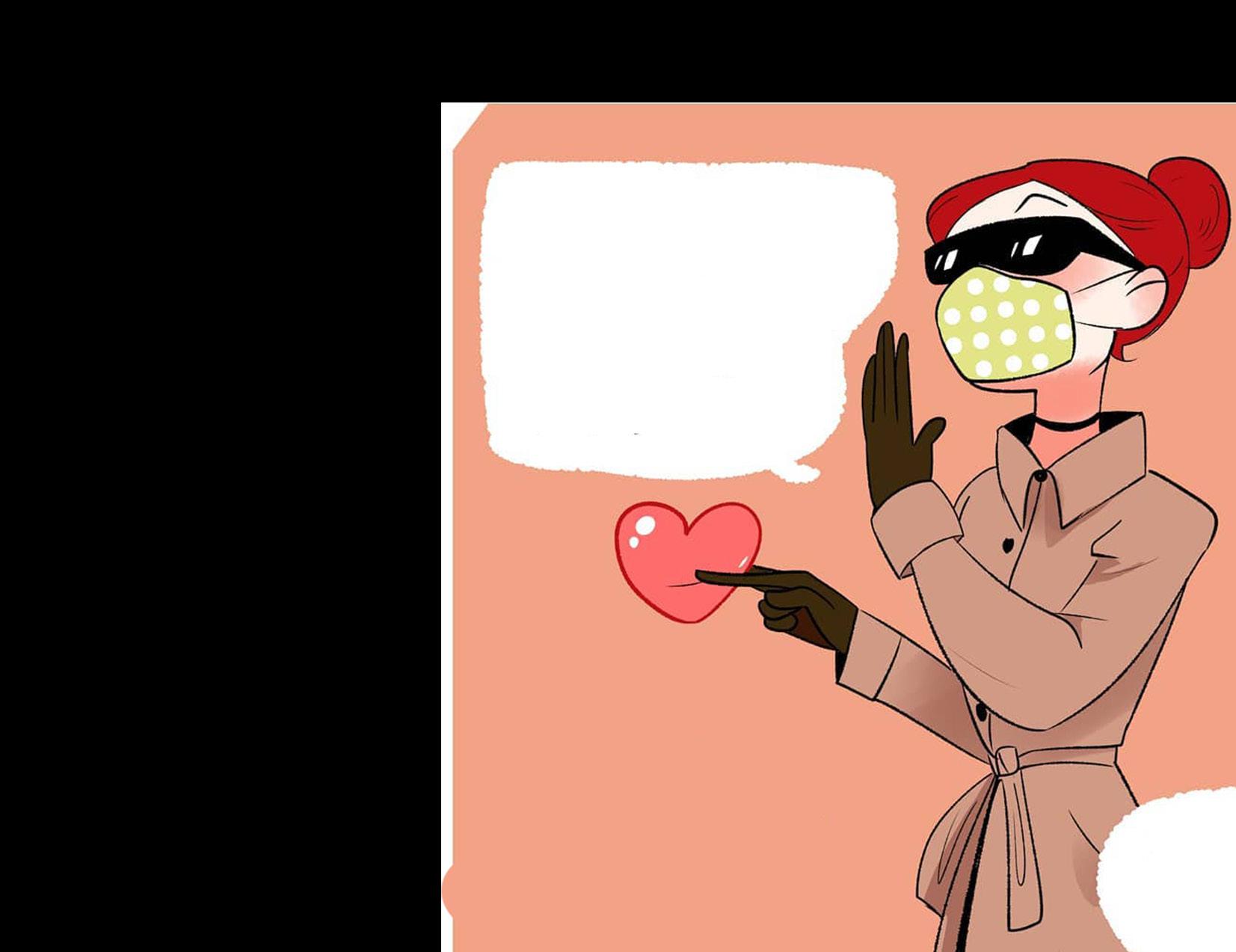
Oh! One last thing: don’t forget that as a KNUSer, you get a 10% discount on school books, second-hand books, foreign books, agendas and calendars at Dekker van de Vegt! Just show them the sticker on your student ID when shopping there!
A Glitch In History
by Charly Hermanns
When we first started to brainstorm, I thought why not write something about the glitching of history. Write something about the way society treats the past and how there are parts that are so wilfully neglected. And then I started to google. Where should I begin? So many things that I did not know about, so many moments in history that were hidden until someone brought them to light. But to be honest, I cannot do right by all those neglected parts of history which are important to know. I cannot write 600 words about an event that we need to know more about. I honestly would not know where to begin. And I do not know if it even is my place to tell those parts of history. One thing I know for sure, is that we all need to keep talking about the fact that history is a constructed way of looking at the past and that we have to accept the pluralism of history. There is much more than we know, there are many more sides to a story than we are being taught in school, university and maybe even during our whole life. I know that there are people who tell those stories, one great example which did not get the attention it deserved is the non-fiction book Hidden Figures: The American Dream and the Untold Story of the Black Women Who Helped Win the Space Race by Margot Lee Shetterly, which you might know via its movie adaptation. I want to bring your attention to the book, because the movie once again neglects many parts of the actual past, and rewrites it so the Hollywood audience is pampered and feels comfortable watching a part of history that was long buried due to the social injustices at play in America: white supremacy.
Anyway, I want to write about another part of the past that is connected to this particular part of history: the history of the word glitch. Funny thing, I started googling and ended up finding out more about the origin and history of the word glitch. According to my sources both stories, the black female mathematicians and the popularization of the word glitch, are actually connected. John Glenn is the common ground here. According to a quote in Into the Orbit (1962), he used this word to describe a spike or change in voltage, a mistake that happened. The word has its origin in the Yiddish language which influenced quite a few American words. The glitch was often used in a technological context, probably due to the many Yiddish workers in this field. Glenn must have picked it up, when he worked with the engineers at NASA. The Yiddish word glitsh basically means slippery place or to slide or, by extension, error. The origin of the Yiddish language lies in the German region Rhineland. When German settlers immigrated to
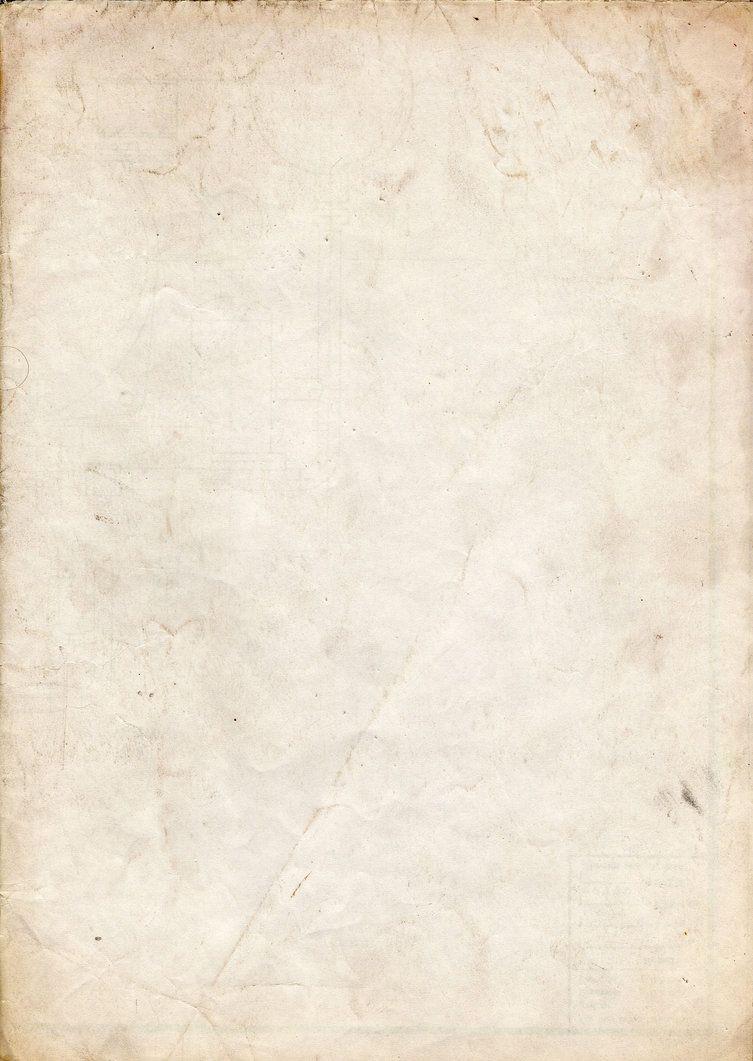

America, they brought their dialect with them and the Yiddish language originated. Years later this language flourished again and many words were adapted by the English language. It is interesting to see how this word, which has its origin in Europe, travelled to America to be adapted into the English language, is now a part of the global vocabulary. For me, as a native German speaker, it was a surprise and a funny journey to learn more about the etymology of the word glitch. There is indeed still the word glitschig in German, which means slippery, but I never would have guessed that there is a connection to the English or Yiddish word glitch.
So it was NASA’s John Glenn, the first American man to orbit the earth, who made it so popular. He is also the man who was brought to space by the amazing calculations of Katherine Johnson and her colleagues at NASA. How astonishing is that both of those aspects are connected? That the reason Glenn is part of history and was able to become such an influential person, able to make the word glitch a part of our vocabulary, is actually connected to a very important glitch in history which just recently was discovered and fixed?
This is How It Was:
Have you ever wanted to learn something more specific about history, different from the usual stuff that you have been taught in school during history class? Something from the very beginning of recorded history? Do you feel like art is not given enough importance anymore as it used to in the old centuries? Is it difficult to explain to relatives and friends why exactly you chose to study Arts and Culture simply because it doesn’t fit into the normative capitalist ideal of productivity?
Alexander Solzhenitsyn writes in Beauty Will Save the World: “Archaeologists have not yet discovered any stage of human existence without art. Even in the half-light before the dawn of humanity we received this gift from Hands we did not manage to discern. Nor have we managed to ask: Why was this gift given to us and what are we to do with it? And all those prophets who are predicting that art is disintegrating, that it has used up all its forms, that it is dying, are mistaken. We are the ones who
The Beginning of History
shall die. And art will remain. The question is whether before we perish we shall understand all its aspects and all its ends.”
So it appears, as the ancient Greek physician Hippocrates wrote in Aphorismi, that life is, indeed, short and art is forever (Ars longa, vita brevis). This aphorism, originally coming from Greek, is a Latin translation, which stresses the long-lasting impact of art over the brevity of life. Art then was seen as “technique, craft” and not “fine art,” but nevertheless, it indicated that while artists die and are forgotten, art lasts forever. But it may also refer to how time limits our accomplishments in life. One never finishes learning about art. There are always new things to discover. Great works of art seem to look different every time one stands

before them. They seem to be as inexhaustible and unpredictable as real human beings. And this is not only about art, but history itself. Will we ever be able to learn the whole of it? From the very beginning, whenever that was and if it even can be marked? We expect art to tell us stories about the earliest of civilisations, after all.
In The Best Care Possible: A Physician’s Quest to Transform Care Through the End of Life, Ira Byock writes: “A student once asked anthropologist Margaret Mead, ‘What is the earliest sign of civilization?’ The student expected her to say a clay pot, a grinding stone, or maybe a weapon.
Margaret Mead thought for a moment, then she said, ‘A healed femur.’
A femur is the longest bone in the body, linking hip to knee. In societies without the benefits of modern medicine, it takes about six weeks of rest for a fractured femur to heal. A healed femur shows that someone cared for the injured person, did their hunting and gathering, stayed with them, and offered physical protection and human companionship until the injury could mend. Mead explained that where the law of the jungle—the survival of the fittest— rules, no healed femurs are found. The first sign of civilization is compassion, seen in a healed femur.”
What does this say about us? About today’s society? How have we evolved? So many questions arise for me and maybe you have even more! Hopefully, you can find the answer for yourself.
New Month, New Activities!
Monday
[2]
[9]
Career Workshop #1 by ExBet
[16]
[23]
Film screening/ Activity by CineCo
[30]
KNUS Activities in
KNUS Activities in November 2020 November 2020
Tuesday
[3]
Open hour w/ new NUKS!
Committee market
[10] Wednesday
[4]
Dungeons and Dragons Curiosity Event
[11]
Cultural Activity #1 by AcCo
[17] [18]
Cultural event by DEC
[24]
Dungeons and Dragons Character Building Event
[25]
Art Meeting by ArtCo
Thursday
[5]
Jam Session by MuThCo
[12]
Monthly drinks by FeCo
[19]
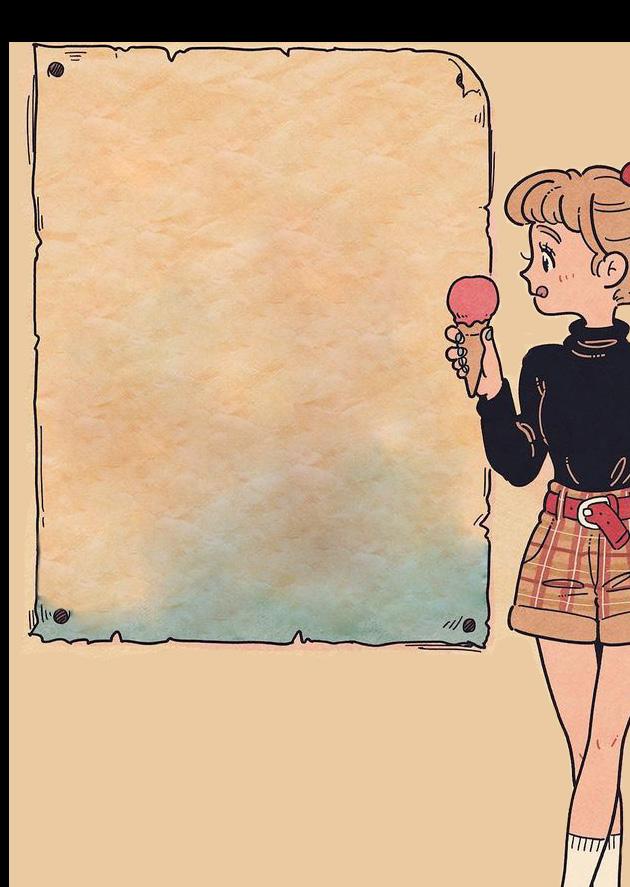
Performance night by MuThCo
[26] [6] Friday
[13]
[20]
[27]
art: @natsumi_color
Despite Miss Corona’s stay, KNUS stays strong and offers new fun activities for this month! We hope to see you in all the activities!
Disclaimer: the details of most of these activities still need to be announced, but enjoy this short overview and note down all the dates!
• Daniela Piangiolino
A Painting of PainShort Story by Shanna de Caluwé
Maddie shot up from a deep sleep. Finally a night without her usual nightmares, which she so desperately needed after what happened today. She got out of bed to check on her brother Jayden, who hurt his neck yesterday when he got rear-ended while driving home from work. After that, an entire drama started about who was going to pay for the damage.
“Hey Jay, how’s your neck feeling today?”, she asked. “My neck?, I don’t know, Maddie. How is yours?”, he answered jokingly. Maddie rolled her eyes and asked again. Jayden answered with a confused look on his face: “My neck is fine Mads, why wouldn’t it be?”
“Uhm, remember when that car bumped into yours yesterday? Or did it also make you lose your memory?”
Jayden just rolled his eyes and walked away. Maddie looked puzzled to her mother who was doing the dishes, “I don’t know what you are talking about Maddie, maybe it was just a dream that you remember very vividly,” she said casually. But her voice sounded different and she looked kind of worried, Maddie thought.
“Yeah I guess so mom…”
Maddie went on with the rest of her day; she went to work at the local library, hung out with a few friends at the movies after work. Her weirdly vivid dream was no longer on her mind for the rest of the day, and she came home for dinner. She sat down outside with her family to eat, as the weather was quite nice. The family spent some well needed quality time together on the porch, until it got too dark and the mosquitos started attacking them. Maddie said goodnight to her parents and her brother and went on to take a shower. Rolled up in her towel, she went back into her bedroom to put on her pyjamas. Upon entering, a weird sensation hit her. Her neck started to hurt, almost like her muscles were really sore. Only after a minute or so, Maddie realised that it was the same pain her brother seemed to have had in her weird dream. But she quickly brushed it off. It was just a coincidence. She went to sleep, again a full night’s rest without her usual nightmares. When she woke up, her mind immediately went to the day before, when her father’s hand got stuck in a machine at the factory he works at. His pinky finger was broken and he had gone to the hospital to get it put in a cast. She didn’t see her dad for the rest of the day until dinner time, when he got home and she noticed his finger. What she especially noticed is how it was not in a cast, it seemed perfectly fine. She looked at it, puzzled for a while, and then she remembered how her brother had responded to her asking about his neck. Had this been another strangely vivid dream? She decided she was not going to ask her dad about it, as she did not want to embarrass herself again like she had done yesterday. Her dad’s pinky was on her mind for the rest of the night, and she noticed that her mother looked at her questioningly a few times. She finally asked: “Is there anything on your mind Mads? You seem so distracted?” Maddie was quick to answer: “No mom, just busy thinking about work. It was quite hectic today”
After a while, she went to take her daily shower, and after walking back to her room, the strange feeling came over her again. This time paired with an excruciating pain in her pinky finger. “How is this possible?” she thought, “how am I feeling the exact same thing that I seem to be dreaming about happening to my family?” The pain subsided a little, but did not fully disappear. She fell asleep regardless. The next morning, the previous days seemed to repeat itself. She woke up thinking about her mother who had fallen down the stairs yesterday. Two ribs broke causing some internal damage to her lungs. Quickly walking downstairs, she saw her mother, completely fine. Her mother seemed to notice the utter confusion on her face and Maddie quickly went back to her room, not wanting to explain herself. She would sound like a crazy person. As soon as she entered her room, she felt it. Excruciating pain in her midriff, almost unbearable. She stepped out of her room and ran to her mother, she quickly explained everything to her mother, crying and shivering. She could not keep this to herself anymore. While she was speaking, the look on her mother’s face changed from worry, to fear, to something that seemed like she understood Maddie completely.
When she finished her story, her mother nodded and said: “I was afraid this was going to happen and I don’t know how to escape it. I keep saying it’s that goddamn painting in your room that grandma gave you. But your dad tells me I am imagining things and that the painting should remain there because it was so precious to your grandma before she died…”
To Be Continued...
Let’s Talk about Gender and Quarantine

by Tatyana Dimitrova
There isn’t a bigger expectation to perform nowadays as the expectation to perform one’s assigned gender. But why is that? A lot of discussion about gender and pronouns has opened since the start of this year, or more specifically, since the start of the COVID-19 lockdown. “Making up” “new” genders? A gender reveal party destroying more property than the BLM protests? JK Rowling coming out as a TERF (if you are not familiar with this term, it is an acronym for Trans Exclusive Radical Feminist)? Relax, this article is not about roasting the author of your favourite childhood book series. Instead, let’s talk about how a large amount of people have come to terms with their gender identity since lockdown started. Interesting, huh? It is almost as if social interaction is inseparable from gender performance. It is as if the moment one is isolated from the constant promotion of gendered behaviour, they have the space to question what it actually means (for them), isn’t it?
I am sure that if you’ve come to read this magazine, you are quite aware of the differences between gender and sex and of the fact that gender is a social construct. But for the sake of the article, let’s briefly break that down once again.
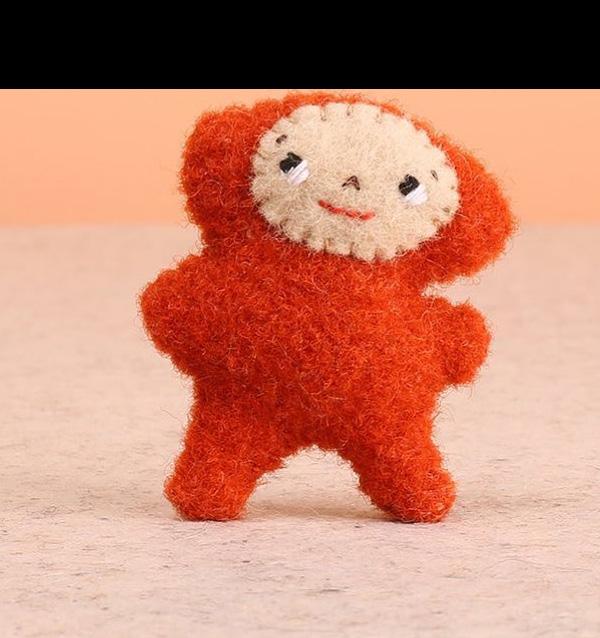
Firstly, what is sex? And what is gender? A person’s sex refers to a set of physical and biological features, including sexual anatomy, chromosomes, hormone levels and genes. Therefore, sex is assigned at birth. Gender, on the other hand, is a psychological and socially constructed set of identities, roles and behaviours. Gender identity refers to a person’s deeply held sense of their gender. It may match the sex assigned to them at birth, otherwise known as cisgender, but it may as well not. And as often as sex and gender are categorized into male and female, the reality is that both of them exist on a spectrum. That is, neither gender nor sex is binary. Non-binary genders have existed across native and indigenous cultures for centuries until colonial ideas of the binary settled in to whipe them out. Gender was fluid in those cultures and transgender people were seen as spiritual guides and leaders. But biological sex, as well, exists on a spectrum - there are many variations of sex characteristics which don’t fit the standard definitions of male and female. People born with these variations are intersex, and they amount to about 1,7% of the population - comparable to the number of people born with red hair (2%).
So let’s move on to the final point: gender expression. That is how a person manifests their gender, through name, pronouns, voice, clothing and much more. This, too, is commonly categorised as feminine and masculine, but they can also be mixed, known as androgyny. Gender expression can be used as a cue to understand what one’s gender is, but it alone does not necessarily define one’s gender.
What can we conclude from that? The binary is a bunch of crap. Binary is for computers. Sex isn’t binary, so why should gender be? Well, it is not. Regardless of what Karen or Susan’s gender reveal tells you. And since we are on the topic of gender reveals, let’s talk about that too.
You probably already heard about it, but at the beginning of September, a gender reveal party in California destroyed more property than every BLM protest combined. However, people aren’t as mad, why? Is it because a gender reveal isn’t an empty vessel for them to air their racial complaints? “Why are you so obsessed with gender,” the cisgender asks, before burning down most of California with a party centred around a baby’s genitals. Spoiler alert: it’s not a gender reveal. It’s a genital reveal. Learn the difference! One goes to a “gender” reveal and sits on the edge of their seat to find out what genitals Karen’s kid has and how she is going to mold their personality around it. Personally, if I went to gender reveals, I would be extremely disappointed that every time it is a gender I already know. Here’s an alternative (and, I would argue, better) idea that Akilah Green on Twitter suggested: a gender reveal where you share all the harmful things society taught you about gender roles and vow not to pass them onto the next generation. Once again, we hear Karen’s voice: “BLM protests broke some shop windows, so I’m not supporting BLM anymore!” Well, a gender reveal party burned down most of a state, so I’m not supporting the gender binary anymore.
You would ask me: but Tatyana, why should I care about that? I am not from the U.S.? We do not have gender reveals in my culture? And neither do you? If you haven’t yet realised, the United States is one of the most influential countries in the world and, like it or not, what happens there inevitably impacts what happens in your country and how people there think. Maybe you don’t have gender reveals in your culture, but people still make sure to put a lot of emphasis and are eager to find out a baby’s “gender” when they’re born, right? And surely, there are better things to worry about than someone who doesn’t fit your idea of a man or a woman. But “stop making up genders!” They are all made up, mate!
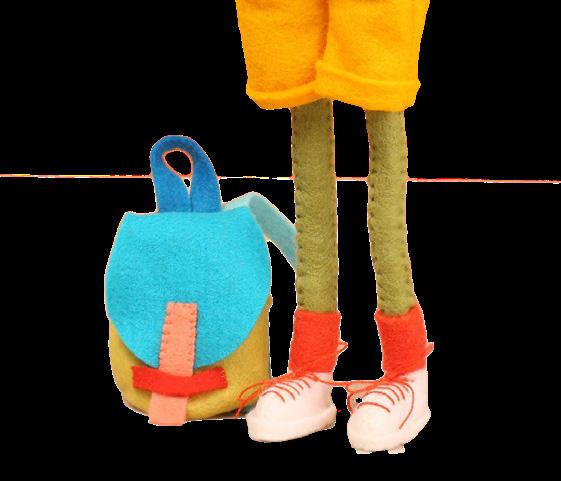
As much as this article might have come off as a collection of memes, it was not. Yes, it might have been funny, but we should stop joking about gender reveal wildfires and start actually dismantling the binary. Correct those who misgender in your life (if you feel safe, of course). Introduce yourself with your pronouns, this way you can contribute to creating a safe space for gender non-conforming individuals and normalise genders outside of the binary. If someone goes by multiple pronouns, don’t just use one set, which best conforms to the binary. Interrogate the gender dynamics in your surroundings!
So, am I a boy or a girl? Relax, comrade, I am literally just Attractive. What’s in my pants? Soup for my family! Other people’s gender (and, in addition to that, sexuality) is none of your business. Here is an illustration to guide you in approaching someone’s gender:
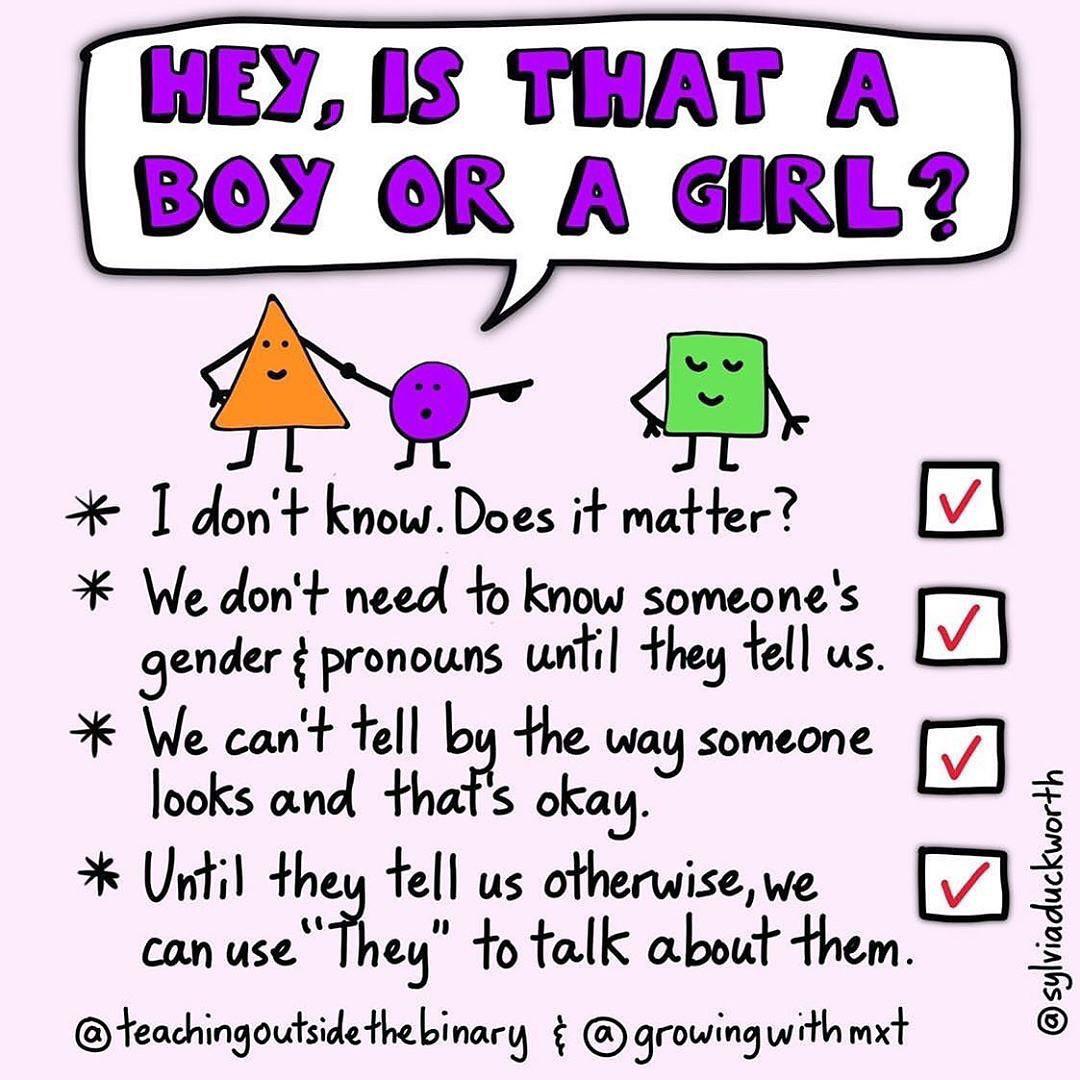
Sustainable Fashion by Paula Werdnik
When discussing the notion of escape, one system that seems to be impossible to escape is fast fashion. Fast fashion is all about changing trends. As the seasons change, so do the clothes. But have you ever wondered where all the clothes go after they aren’t trendy anymore? Fast fashion is all about mass production - it is about creating clothes in bulk. The clothes are usually made of cheap materials or in poor and harmful working conditions in factories in developing countries. The clothes are cheap and can be produced quickly to keep up with changing trends. The overproduction allows a lot of clothes to be sold at a cheap price.
But what is the real price we’re paying?
•A huge amount of clothes that aren’t sold end up in landfills. •Greenpeace has written that the chemicals used in the textile industry are often toxic. • The Independent writes, textile dyeing is the second biggest polluter of water after agriculture. •The Guardian writes, it takes around 10,000-20,000 litres of water to create a kilo of cotton (for example, one pair of jeans or a shirt). •There is a lack of transparency. The speed of production places huge demand on workers and causes exploitation, dangerous working conditions and sometimes child labour. •Polyester is the most used fabric in fast fashion. Polyester, and other synthetic fabrics, take large amounts of resources to produce, are non biodegradable and while being washed cause microplastics to enter waterways. (The Independent) •Dyes used for jeans cause runoff into waterways, poisoning the water. •Transportation/shipping used for fast fashion is a large cause in carbon emissions. •The worst fast fashion companies are those owned by Inditex: ex. Pull & Bear, Bershka, Zara, as well as others such as H&M, Primark and Forever 21.
So what can you do?
Try to buy from local or small-owned fashion businesses instead of fast fashion chains. Buy second hand or vintage clothes. Organize a clothing swap to exchange clothes you no longer use.
To give you some ideas, check out these second hand stores in
Nijmegen: Appel & Ei, Basta, Het Goed, Secondhand Rose, Fabrics & More, 2ndmas, Reshare store, SUSSIES, 512.
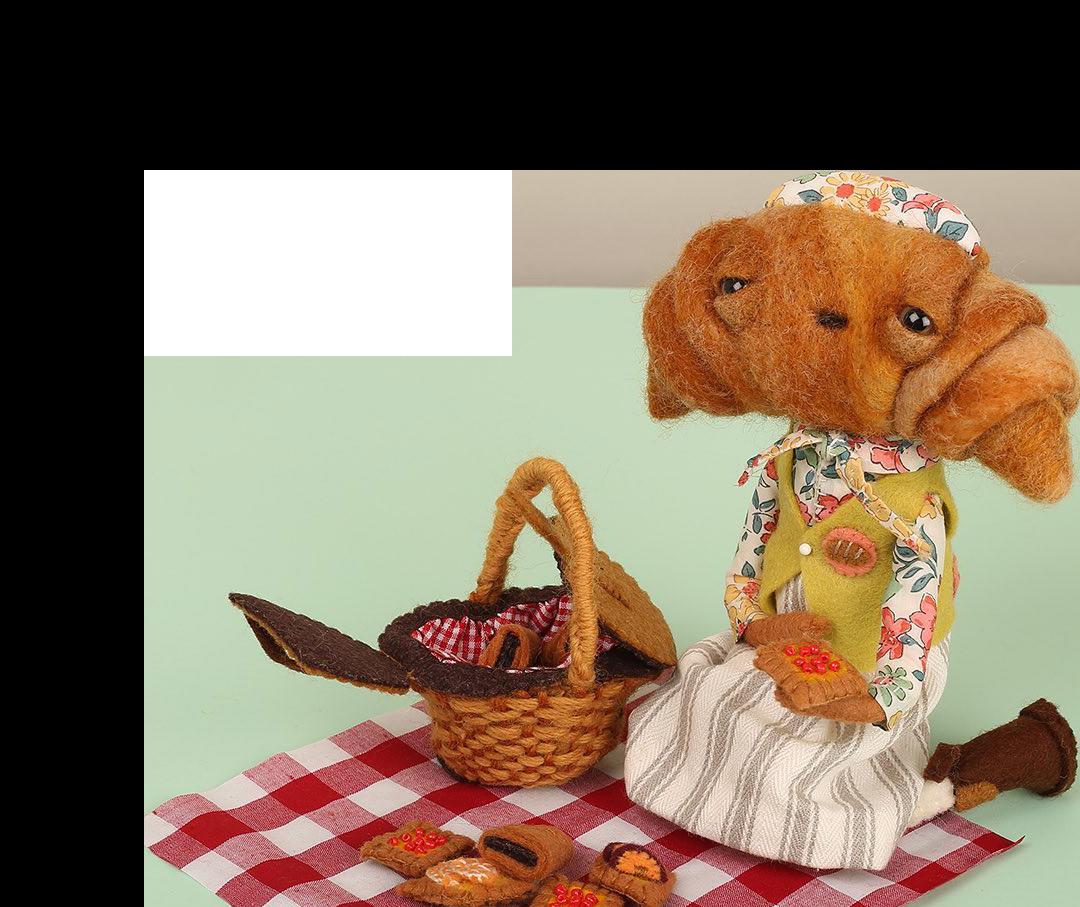
These can be found in the center, with several shops on the Lange Hezelstraat!
Shifting Proximities:
My Thoughts on the debut exhibition of the Nxt Museum by Adil Boughlala
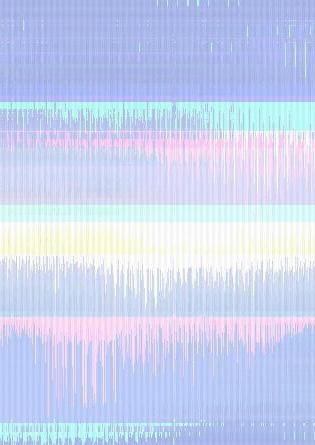
Have you ever wanted to see the future of art and museums? The Nxt Museum in Amsterdam might give you an insight into this! Located in Amsterdam Noord, near the Eye Film Museum, the Nxt Museum can be reached very easily by public transportation. From the central station, it will take you approximately 20 minutes to get there by bus and/or ferry. Since it’s not located in the city centre, like the Rijksmuseum and the Van Gogh Museum are, you won’t have to worry about busy streets and maintaining the 1,5-metre distance from others! The Nxt Museum is overall the first museum in the Netherlands fully dedicated to new media art. The focus lies on “art that uses modern tools to embody modern times”. Taking COVID-19 into account as well, this has led to the owners creating a museum that follows one single route, much like a parcours but without all the physical stuff (you do have to walk though). Before you ‘enter’, a helpful guide of the museum explains how the museum is structured: there are multiple rooms that all feature one work by one artist, all of them tackling different ideas and facets of new media art and the overlapping theme. But, before you enter one such room, you walk through a transitional room in which you receive an explanation of the artwork that you will get to see. To make sure you get the full experience, I will not discuss every single artwork that I have seen in-depth (that would ruin the experience!). I visited the museum during its opening exhibition, Before After Shifting Proximities, which lasts until February 28th,
The Biometric Mirror takes a picture of you 2021. There are 8 rooms that exhibit eight different works, (which you give consent for) and uses AI connected by the general theme, the exploration of algorithms to create the ‘perfect’ version of “human experience and interaction in the face of social yourself. What do you think of mine? and technological change.”
What struck me the most about this museum is that everything was very much interactive, as opposed to a traditional museum. Maybe that is a characteristic of new media art? (Who is to say?) Instead of just looking at a painting, I found myself being followed by lasers, listening to sound, walking through a space that was lit by beamers, and for one work I also needed to interact with my phone!
The museum showed how truly diverse and wonderful new media art is. As an Arts and Culture Studies-student, I feel like you should visit this museum (or a similar one, but besides Nxt, there isn’t anything like this yet in the Netherlands) at least once during your studies!
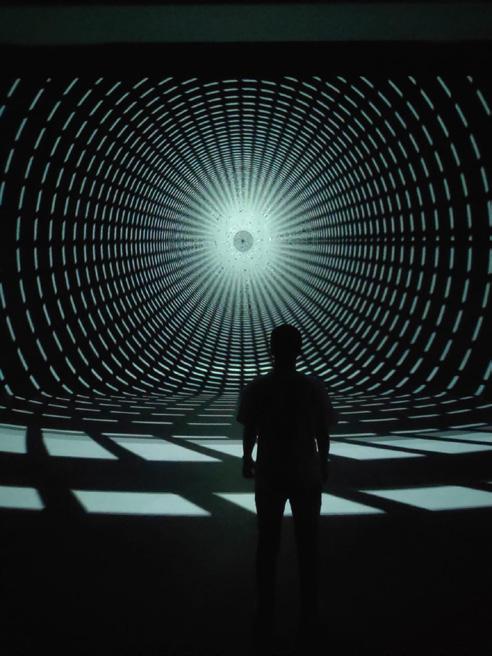
Trigger Warning: almost all rooms and transitional rooms in the museum are dark and only lit by the artworks. So, if you cannot handle dark rooms and such, I highly suggest you not to visit this museum. The same goes for people that suffer from epilepsy and cannot handle bright flashing lights. Of course, the museum warns you beforehand about these things, but it would be a waste to buy tickets and go all the way to Amsterdam to find this out right before entering the museum.
I hope I have convinced you to visit this museum. Let me know all
Me standing in the big hall where the audio-visual installation Dimensional Sampling #1 was exhibited. You could just walk on/in it and become part of the
about what you thought of it!
work!
by Shanna de Caluwé

By Christine Kim
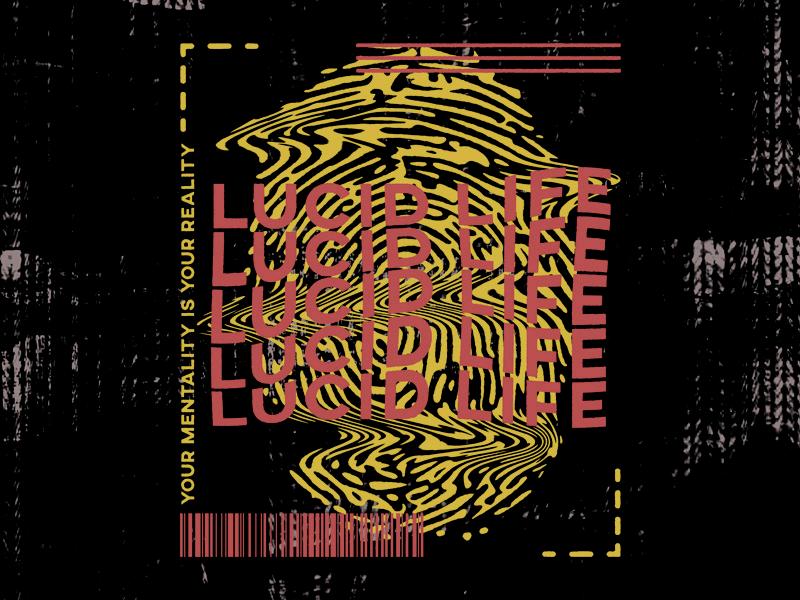

By Vladanland
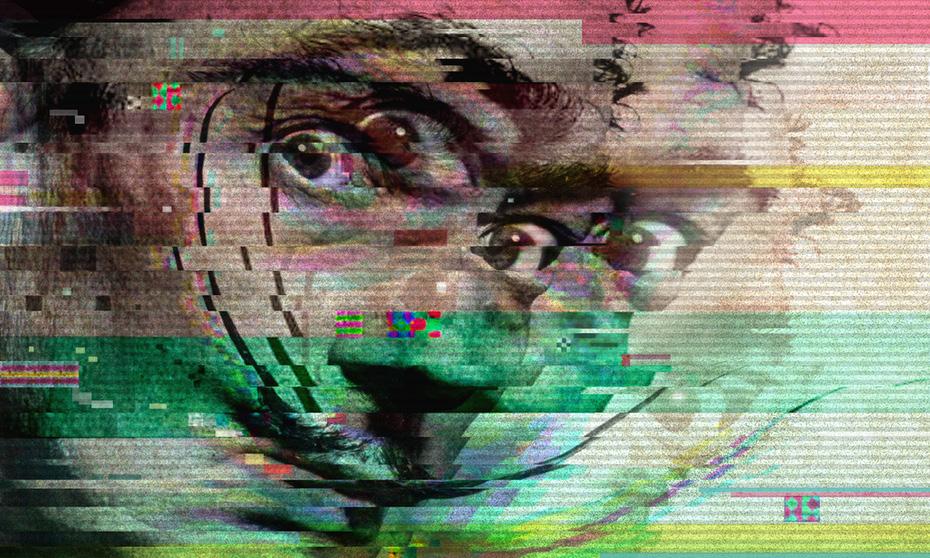
A glitch in the visual arts sounds very ominous when you put it like that. However, there is a form of art that taps into that exact thing: “glitch art”. Glitch Art uses digital or analogue errors to create a very specific aesthetic effect. It is made by either corrupting digital data, or by physically manipulating electronic devices. Glitch Art usually points towards the visual arts; either moving or still images. Artists make this in various ways: sometimes they capture an image of a glitch as it randomly happens, and other times artists deliberately manipulate their digital art to create errors. The exact way that this is done is way too difficult and technical to understand, but what is interesting
By Chris Colin


to delve into, is what “glitch” actually means. The term glitch is used to refer to a sudden, usually temporary, malfunction or fault. The term nowadays is often used when referring to a glitch in reality, which is a whole other level of ominous, but not By Will Mayer something to get into now… but you know, like a glitch in the Matrix… Anywhomst, what can be said is that Glitch Art is amazing to look at and gives you a tiny peek into the feeling of experiencing an actual glitch. So for now, enjoy these beautiful images!

Will the Cheeto really ban TikTok?
by Adil Boughlala
Whether you use the app or not, you must know about TikTok, and more specifically, about how Trump wants to ban TikTok. This whole debate has been going on for months now, with people often spreading misinformation, or, given the society we live in now, fake news. My aim for this article is to put all the important events regarding this debate into perspective, but I will also discuss the ethics behind this debate: what is really the reason that Trump wants to get rid of TikTok? And what does this mean from a cultural perspective? But before I do this, it is important to know how all of this began.
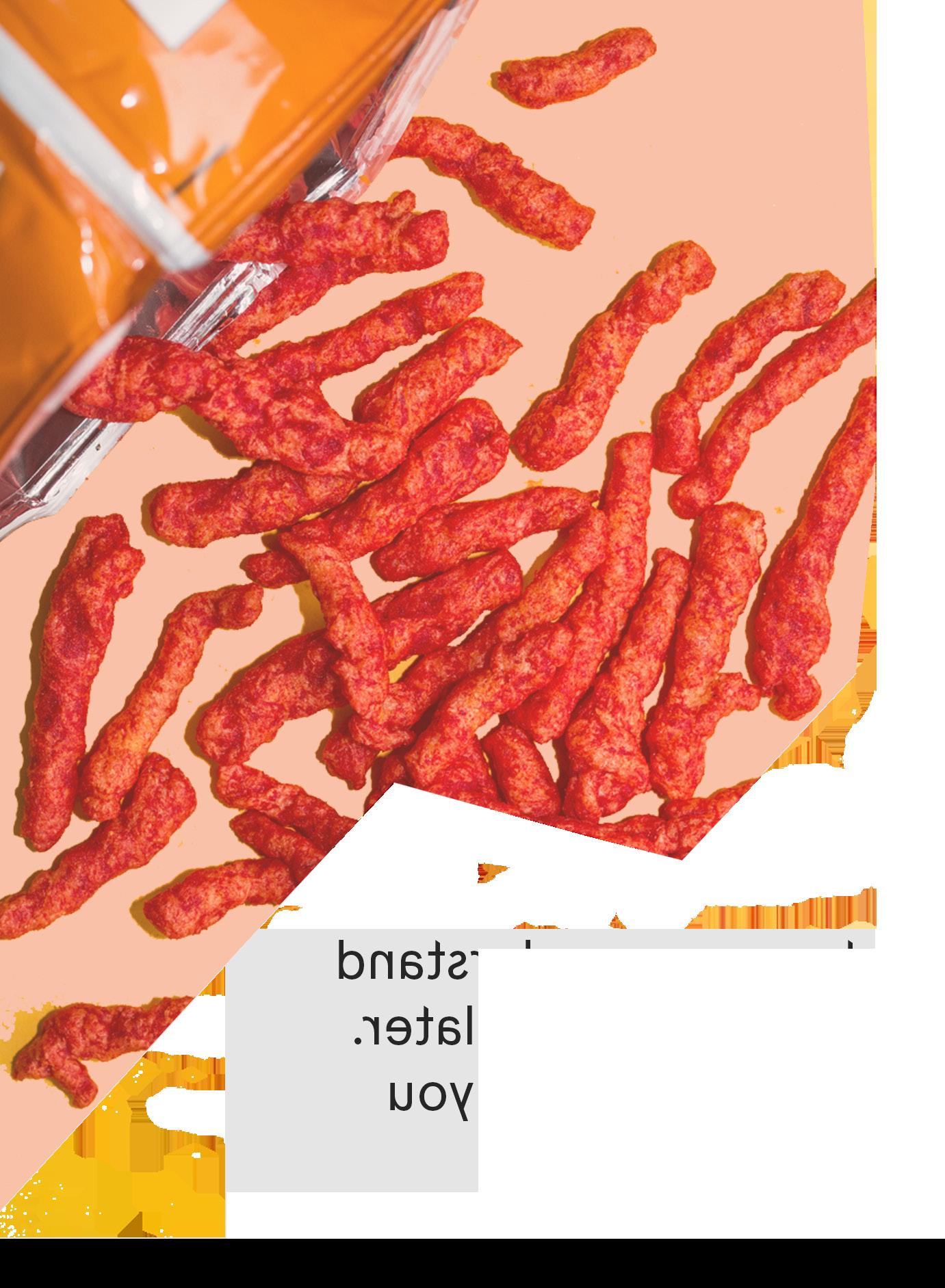
You must have heard about the Trump Rally that was held in Tulsa, Oklahoma, earlier this year in July. If you’ve heard about it, there’s no doubt that you’ve also heard how “TikTokers and K-Pop stans sabotaged the rally.” What happened is the following: the rally in Tulsa was free of charge and you only had to register online with your phone number and verify that number. On the social media app TikTok, users saw this as an opportunity to get tickets (you could reserve a maximum of two tickets per person) with the intention of not going, resulting in at least two empty seats per person. This quickly spread all over the app and reached Twitter as well. Many of those who contributed to the ‘sabotage’ were in fact K-Pop fans (‘stans’). Now, there were officially 19.200 seats available in the arena, excluding the outdoor overflow area. Out of that number, only 6.200 people were present, even though Trump’s campaign manager Brad Parscale had bragged about receiving over a million ticket reservations just the day before the rally. The Tulsa rally was supposed to be Trump’s kick-off for his electoral campaign; a complete defeat for Donald Trump and his conservative supporters. There’s no surprise that TikTok was blamed immediately. This is, after all, not the first time that TikTok has been used as a platform to unite against the far-right.
After Trump’s defeat at the rally, he was obviously out for revenge; but against whom? Surely, he couldn’t go after every single teenager that had trolled him and his campaign team. Instead, Trump shifted the narrative towards a country he had always been after, China. TikTok’s mother company ByteDance has its headquarters in Beijing. And that, to Trump, is more than enough reason to question TikTok’s intentions. Trump backs his suspicion towards ByteDance by claiming that the Chinese company is farming data about its American users, something which they can share with the Chinese government. The USA has been warning its users from late 2019 about the “dangers of TikTok”. It is a known fact that - on an economic and political basis - the American-Chinese relationship is tenuous. Trump declared on August 1st that he would ban TikTok that very same day, after having threatened to ban the app days prior. He didn’t go through with this decision, but rather gave TikTok an ultimatum: either they sell their American share to an American company, or the app will be deemed illegal to download. By doing so, software stores such as Apple Store and Google Play Store were put in a predicament. TikTok is a highly successful app, but it wasn’t worth sacrificing all of their American customers for. As I’m writing this article, there is an ongoing deal between ByteDance and Oracle and Walmart, two American companies. The deal is that ByteDance will keep 80% of TikTok Global, while Oracle-Walmart will buy over the remaining 20%. This is exactly what Trump wants, right? Well, it is a bit more complicated than that. As of now, chances that China will agree to this deal are very slim. How then, will TikTok free itself from Trump’s vast grip, with just months to go before the next American presidential elections?

